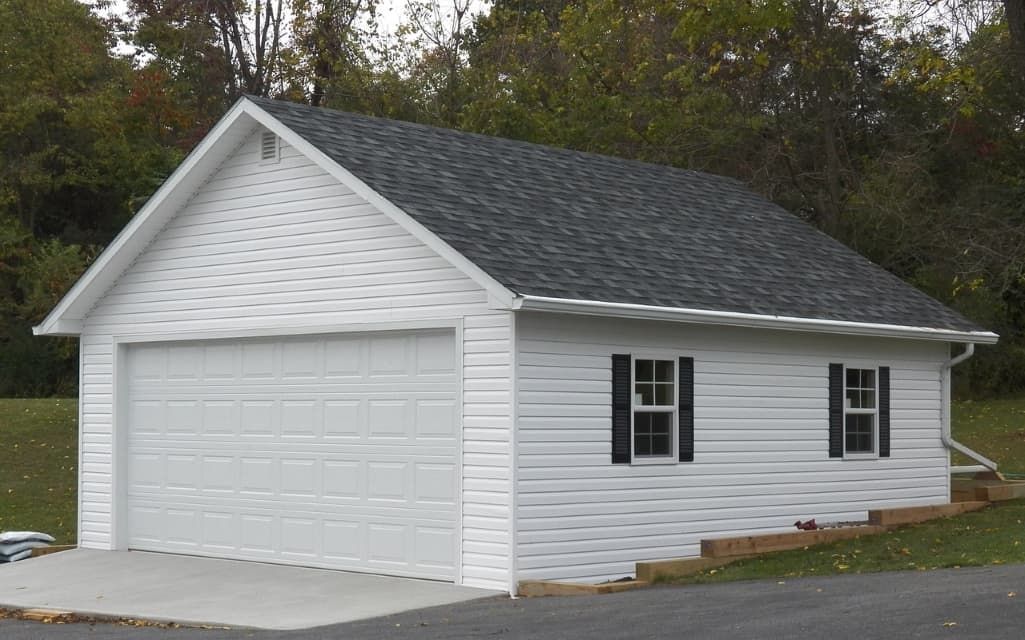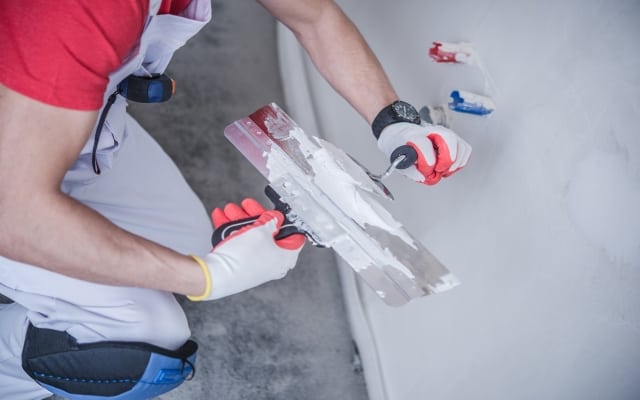One of the best ways to improve your garage, and convert it from a dirty car park into a viable living room, work room, gym or pleasant parking unit is to insulate it. Insulating a garage is not a big issue, if you have a bit of DIY experience, you can renovate the garage within a few days and have it complete refitted to suit any purpose.
Insulating a garage is like insulating your home, there is a roof, walls, doors, and floors to consider. Since most garages are compact, the whole process can take a few hours of your time, and if spread evenly you can finish one component every day.
Let’s start with the roof, and move on through the walls, the door and finish with the floor.
Roof Insulation
To insulate the garage roof, you need to make sure the roof is structurally sound and that there are no leaks or weak areas that can lead to leaks. Start off by checking your garage roof externally, and check the drainage. Then from the inside, check the internal integrity and all the seams.
After checking, but either Batt rolls of fiberglass, or the lightweight foil cover polyester foam insulation rolls. I personally prefer the latter since they are lighter, come in a number of options and are very easy to apply. If your garage is a flat roof, and the ceiling and roof are one, then you will need to consider a drywall cover, and make sure your account for lighting fitments when you go this route.
For standard V-shaped roof, you don’t need a ceiling, but you will need to secure the insulation in place, and sometimes a drywall cover is perfect for giving extra insulation properties. You don’t need to add it, and just leave the insulation uncovered. In this instance, only use foam and not Batt.
Wall Insulation
When insulating walls, you must be prepared for space and a drywall cover. There is no other way to insulate a wall truly. This means, creating a small gap between the exterior wall and the new interior drywall, and filling the gap with insulation materials. There are many options to choose from, however, batt, foam, free foam particles, and spray foam are all considered viable solutions.
The best solution is to take insulation sheets and place them against the exterior wall, seal over theme the drywall, and then in seams and corners, give a spray of insulation foam. Just remember that insulating a wall is perhaps the most comprehensive of garage insulation jobs, more so than the roof, since you are constructing a secondary wall to seal in the insulation and the wall has to account for the windows, vents and power outlets.
 The Floor
The Floor
Most homeowners forget the floor, but this is a mistake. The floor is a cold piece of concrete, and while it is thick and reinforced to hold your car, it is exceptionally cold too. There are too viable solutions to insulating floors; the first is painting over the floor with rubber paint. These are thick sometimes putty-like materials that are spread over the floor surface giving them a thick waterproof shiny appearance. They also help to insulate the floor. If you intend to use the garage as a living room of types, you would then cover the painted floor with carpeting or rubber tiles.
There is a very interesting issue with garage floors; they are flush with the outside. This means that rain and snow, dust and dirt can simply flow or waft into the garage. Sometimes even when the door is closed. To allay this, when converting your garage to a living quarter, consider either adding a rubber rain block along the entrance to the garage or go one farther and dig a drainage trough along the outer door, so that the rain will not enter the garage even in heavy storm conditions.
The Garage Door
The garage door is a project all unto itself, and this requires you take accurate measurements of the door, as well as consider the type of mechanism is used to open it. If the door is a standard manual open and close version, then you are lucky. However, if it’s a roll-up version of any kind, you cannot insulate it without professional help, and even then, some doors cannot be insulated and need to be replaced.
As standard garage door comes with grids or is flat, the grids are like frames that you can use to place precut strips of insulation foam, and there are kits for this. You don’t need to use a kit; you can buy the standard foil polyester foam and cut the strips out yourself.
Garage doors are not hard to insulate, they just require precisions and patience, to apply adhesive to every surface before covering it with the foam.
Garage Door Insulation Kits
There are Do-It-Yourself Garage Door Insulation kits available, and these come with all the components required to insulate a garage, saving you time to buy each component separately. You do need to know your garage dimensions to buy the right amount of kit accurately, and you do need to know your garage door brand, model and make to buy the perfect fit. Universal kits might seem great, but some universes are smaller or larger than others, as Dormammu will testify.
Conclusions
Insulating a garage is an undertaking not to be taken lightly. However, when you do insulate it properly, from the roof down to the floor, you are essentially converting your garage space into a full living quarter where you can fit any furniture, machinery or storage cabinets and use the garage in the cold of winter, and the heat of summer. Even complete gyms are better served in an insulated garage, and adding a secure heating element or air conditioner will enhance the garage’s hospitability a thousandfold.


 The Floor
The Floor
